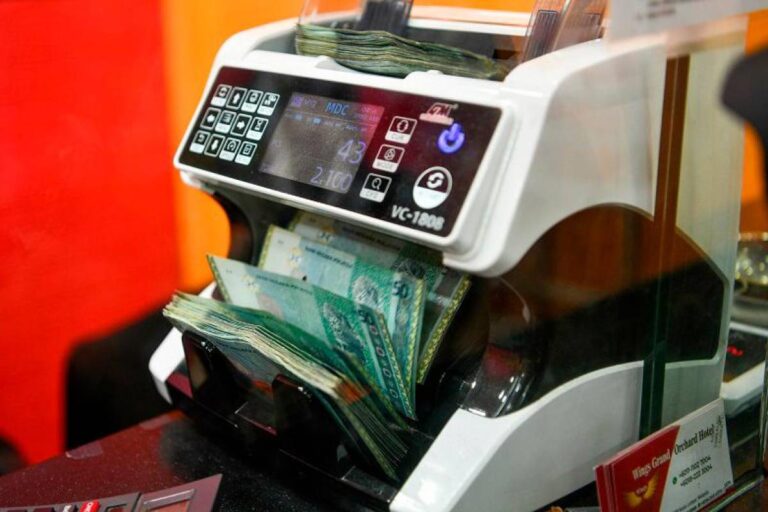
As The Wall Street Rearview puts the April tariff shakeout in the mirror and the index has set a record height, investors US President Donald Trump’s rapid-fire, sometimes beware of the chaotic policy-making process and see the rally as delicate. S&P 500 and Nasdaq Composite Index on Friday carried out its previous higher in unwanted region. Nevertheless, traders and investors areware of what can happen next. On April 2, Trump’s mutual tariff cried the global financial markets on major trading partners and placed S&P 500 on the threshold of a bear market designation when it was reduced by 19% from its 19 February record-highlose. This week’s leg up came after an American-process ceasefire between Israel and Iran, which ended the 12-day aerial battle, leaping raw prices and raising high inflationary concerns. But a relief rally began after Trump responded to the initial tariff nervousness, which left the financial markets away from their most draconian plans.
JP Morgan Chase said in the Midier Outlook published by his global research team on Wednesday, the environment was characterized by “extreme policy uncertainty”.
B. “No one wants to finish with the risk-ending to their portfolio for a week,” said the relay wealth market strategist Art Hogan. “Everyone is aware that the way the market feels more definite and confident, the declaration of a single wildcard policy can change everything,” even if it does not ignite a type of firstorm seen in April.
A part of this war from institutional investors may be due to the magnitude of 6% S&P 500 rally, which ended the last new level after Trump’s re -election and the final new level posted by the index in February, Joseph Quinlan said, the market strategist in the Bank of America.
“We were ahead of our ski,” Quinalan said. He said that delegulation, tax cuts and corporate deals were focused on. Then the tariff fight came.
Quinlan is excited over Outlook for American stocks and optimistic that a new global trade system may motivate American companies to open new markets and post high revenue and profits.
But he said that he is still cautious. “The policy will still be spikes of instability around the unknown.”
Overall, the measures for market volatility are now well down, where they stood at the height of the tariffs in April, now at 16.3 with the CBOE Vix Index, below 52.3 peaks on 8 April.
Unstable market
“Our customers feel that somewhat desensitized in the headlines, but it is still an unhealthy market, everyone knows that trading can be based on the back of a group of social media posts, Jeff O’Coner, Market Structure, America, Liquidate, said on a placettened trading platform.
Trading in the option market shows very few signs of enthusiasm that is characterized by recent stock market rallies.
“On the institutional front, we are very hesitant to chase the market rally,” said Stephano Pascle, the chief of the US Equity derivatives Research at Barclays.
Paskle said that unlike the previous episode of the sharp market celloff, institutional investors are far from employing the rapid call options to pronounce the market on a large scale, Puskel said, referring to plain options that give the right to buy a specified future price and date.
The dialect/Ask spreads over several shares, O’Coner watched at the end of 2024, while the depth of the market – a measure of the size and the number of possible orders – remains the lowest levels in the last 20 years.
“The best way to describe the markets in the last few months, even when they have recovered, to say that they are unstable,” said Charles Schwab’s market strategist Liz Sonders said. He said that he is worried that the market could reach another point of decency in March.
“There is a possibility that we will be primed for another negative step,” said Sonders.
Mark Spindel, Chief Investment Officer at Potomac River Capital in Washington, said he came up with the word “Snapchat Presidency”, which continues to change on markets to describe the whiplash effect on the President’s constantly changing policies markets.
“He feels like a day businessman compared to a long-term institutional investor,” Spindel said, Trump’s policy said for a flip-flop. “One minute he is not going to talk, and next he talks.”
To ensure this, traders feel positively to see the rapid changes in the current rally that indicate Trump’s desire for the signs of the market.
“For now, at least, the stock is ready to ignore the risks that go with this style and lack of consistent policies, and give the administration a break as ‘market friendly’,” Steve Sosanic said, market stratagist in interactive brokers.





